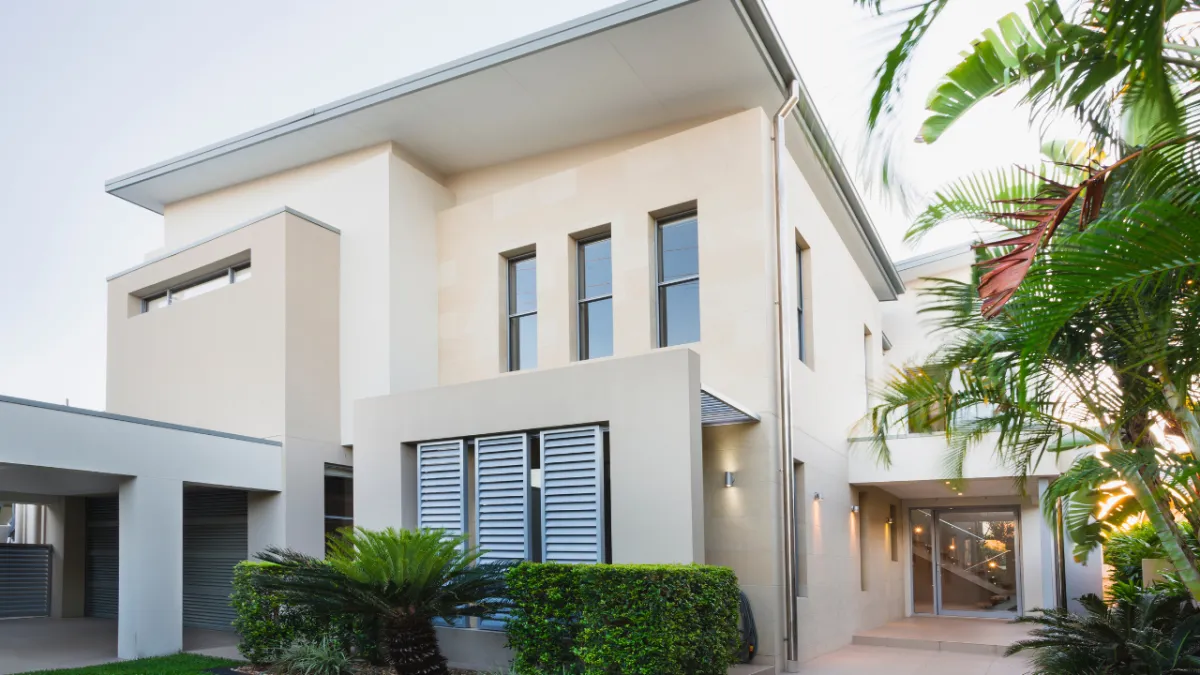
Time Alone Won’t Get Your House Sold. Smart Pricing Will.
If you think your home isn’t selling because the right buyer hasn’t shown up yet, think again. The real slowdown comes from the current market shift. Homes are now taking about a week longer to sell than they did last year, according to Realtor.com.
“Homes aren’t moving as quickly as they used to. The average home sat on the market for 60 days in August—that’s a week longer than last year and above pre-pandemic levels for the second month straight. It also marks the 17th month in a row that selling times have kept climbing.”
A key reason homes are taking longer to sell is that there are simply more of them available. With buyers having more choices, properties aren’t being scooped up as quickly. But there’s an even bigger factor at play: pricing.
List Prices Have Stalled – and It Makes a Difference
Many homeowners are still aiming too high with their asking price. They remember the rapid climb in values a few years ago and may not realize how much the market has shifted.
One of the biggest, yet often overlooked, changes in today’s housing landscape is thataverage list prices have stayed relatively flat for the past few years.
That’s a sharp contrast from what’s typical—where prices usually rise steadily each year—and a complete turnaround from the 2021–2022 surge, when sellers could price boldly and still see multiple offers well above asking.
But now? The market has leveled off, and sellers who want to stand out need to adjust accordingly (see graph below):

What This Means for Today’s Market
Buyers are far more price-conscious now. Sellers who try to push their asking price higher risk having their home sit with little to no activity.
Homeowners expecting to earn more than their neighbors did last year may face a longer and more frustrating selling process.
The reality is, while many sellers are starting to accept that prices can’t keep rising at the same pace, list prices still aren’t dropping. Instead, they’re holding steady—often because sellers are hoping to squeeze out just a bit more. But that’s exactly what’s keeping their home from moving.
If you want to sell in today’s market, your price has to reflect today’s conditions—not last year’s and not the pandemic boom.
Because here’s the truth: buyers will pass on homes that seem overpriced, even slightly. It’s not that they don’t want the house—it’s that with more choices available, they can afford to be picky. And if your home doesn’t look like a good value, buyers will simply move on to the next option.
4 Signs Your Home May Be Overpriced
If your house is on the market and not getting much traction, you might already suspect pricing is the issue. According to Bankrate, here are some common warning signs:
Few or no showings
No offers, or very low ones
Negative feedback from buyers who do tour the property
Your home has been listed longer than the average in your area
If any of these sound familiar, simply waiting won’t solve the problem—but adjusting your price can.
The Fix
Partner with your agent to ensure your home is priced for today’s market conditions. In many areas, if a property sits too long without activity, buyers begin questioning whether the asking price is realistic. The good news? It doesn’t always take a drastic cut—sometimes even a small adjustment can spark new interest and attract serious buyers.
And if you’re concerned about not getting the “top dollar” you were hoping for, remember this: your equity has likely grown significantly over the past 5, 10, or more years. That means you’re still in a strong position and can feel confident that selling today puts you ahead of the game.
Bottom Line
Patience isn’t a strategy. Pricing is.
If your home isn’t moving, the market is telling you something – and the right price can change everything. Your house will sell, if you price it strategically.
Talk to your agent about what buyers are willing to pay right now to make sure your home stands out for all the right reasons.
